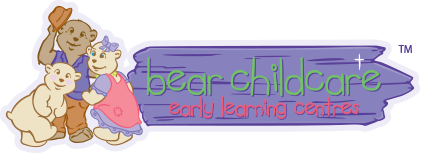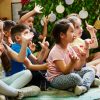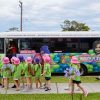
What Is the Reggio Emilia Approach?
The Reggio Emilia Approach is an educational philosophy that follows an innovative and inspiring approach to early childhood education, which shows value towards every child as strong, independent, capable, resilient, and rich with wonder and knowledge. It is a teaching described as student-centered and constructivist, which utilises self-directed, and, realistic learning in a relationship-driven environment. Every individual child carries deep curiosity and potential, this distinctive curiosity will encourage their interests to understand their surrounding world and their place within it.
Fundamental Principles
Children are capable of constructing their own learning avenues. Children are driven by their own interests to understand and learn more. Children are allowed to express themselves in any way they wish as their personality develops. Expressive activities such as painting, drawing, dancing, sculpting or drama are encouraged. Each activity is seen as a ‘language’ which children are driven to explore. As each child explores a different ‘language’ the Reggio Emilia Approach embeds a love of learning and developing which ultimately increases early education and is a way of preparing them for their transition into school.
The Philosophy – Children find their place in the world through interactions
Children are often encouraged to work in groups and collaborate socially as this allows a child to have equal participation, contributing their own opinions and questions, which are acknowledged. This is where they understand how others interact in the same situation and what questions they are curious about. Adults do not provide the information; the children are encouraged to find out their own information through personal exploration.
Children are communicators…
Communication is an essential process within the Reggio Emilia Approach. Communication allows you to discover new avenues, ask questions, become inquisitive, and, use language as a form of play. Making sounds, rhythms and rhymes is an enchanting process of communication. Every child is encouraged to use language as a way of investigation and exploration to comprehend their own experiences. When a child is being listened to, they will understand respect and believe that their questions and observations are important, giving them an opportunity to grow and investigate together. Communication is a continual and collaborative process. Whereas if the child was asking a question and the adults provided the answer, the research has not been undertaken together.
The Teachers – The environment
The environment a child is in is meant to be filled with sunlight, structure and beauty and ultimately inspire children. Environments that are open spaces, clutter-free, and every item in the room has a purpose allows children to dig deeper into their growing interests. A space for children should increase collaboration, exploration, and communication. The environment must show respect for each child, by providing them with authentic materials and tools to learn. This space is to always be respected by teachers and children.
The Adult – A mentor and guide
As an adult, your role is to pay attention and take careful observation of your child. Be sure to listen to all their questions and stories and let them know you are interested and care. Identify what their interests are and seek opportunities that will encourage and allow your child to explore these interests even further. A child-led project approach is unplanned; they are created on the basis of the child’s interest.
Document Your Childs Thoughts
If you haven’t noticed, there is a strong link and emphasis between carefully portraying and documenting children’s thoughts and progression of thinking, therefore making their thoughts visible in multiple ways such as; images, transcripts of children’s thoughts and explanations, visual representations such as drawing and sculptures, etc. They are all created to display the child’s learning process.
100 Languages of Children
There is an understanding that children use numerous ways to express their thoughts and creativity as well as their way of understanding. There are a hundred different ways a child can choose to express their feelings and thoughts of learning. This can be seen through drawing, dancing, painting, sculpting, modeling, or even singing. No matter what way they choose to display their understanding of learning, it must be acknowledged and cared for. Each language is a way of learning and a form of development for a child. A hands-on discovery learning encourages children to use every sense (smell, touch, hear, see, taste) and every language.



Leave a Reply